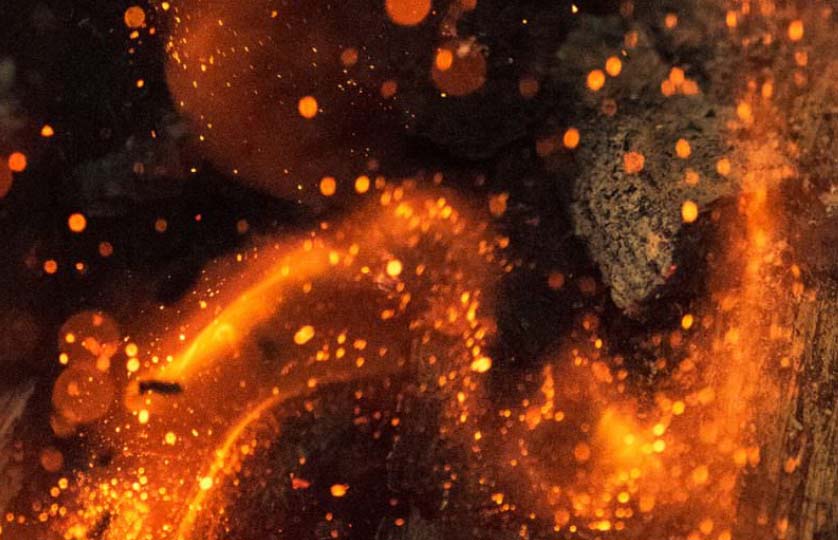THE TOUGH ALTERNATIVE: Engineering Thermosets vs. Engineering Thermoplastics
Both engineering thermosets (ETS) and engineering thermoplastics (ETP) are polymer systems that can be melt processed using injection molding equipment. Engineering thermosets however require special injection units with low compression screws and water jacketed barrels for temperature control. Still, both ETSs and ETPs are typically compounded with fillers and reinforcements to achieve high thermo-mechanical performance. And both can be used to replace metals in certain applications.
The fundamental difference is in their chemistry.
Engineering thermosets crosslink when cured after melt processing, engineering thermoplastics do not. The covalently bonded, three dimensional crosslinked polymer networks formed by engineering thermosets are infusible and cannot be re-melted or dissolved.
The crosslinked polymer network is why engineering thermosets exhibit inherently good temperature and chemical resistance, and very low cold flow (creep) behavior. The polymer chains are connected, and cannot flow past each other under the influence of temperature, solvents or mechanical load.
Considering reprocessing vs cure
Engineering thermoplastics do not crosslink during melt processing. They simply undergo a reversible phase transition, solidifying when cooled to form either a fully amorphous or semicrystalline polymer matrix. Note that semicrystalline polymers, such as PPS and LCP, crystallize between their glass transition temperature, Tg, and melt temperature, Tm, dependent on conditions. When heated, ETPs can be re-melted, which allows them to be reprocessed to a degree. In practice, the thermoplastic polymers break down after repeated processing.
There are no covalent crosslinks in engineering thermoplastics. Thermoplastic polymer chains are free to move past each other and separate when subjected to heat (melt), chemicals (dissolve) or load (cold flow or creep). Engineering thermoplastic performance is governed by the architecture of the polymer backbone, which determines the strength, rigidity, softening temperature, Tg, and melt temperature, Tm, (if crystalline) of the matrix.
Engineering thermoplastic structures are thermally reversible, engineering thermoset structures are not. Engineering thermosets crosslink in the mold cavity. They are melt processed once, at which time the polymer network is formed and cured into the final part shape.
Assembly methods that depend on softening or polymer flow, such as heat staking, solvent bonding or sonic welding, will not work with cured engineering thermosets. Other methods of assembly, such as, structural adhesives, self-tapping screws or molded-in threaded inserts need to be considered when designing assemblies with engineering thermosets.

